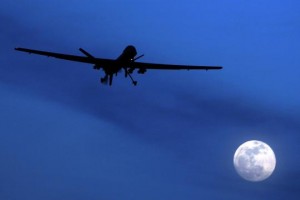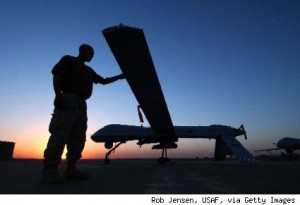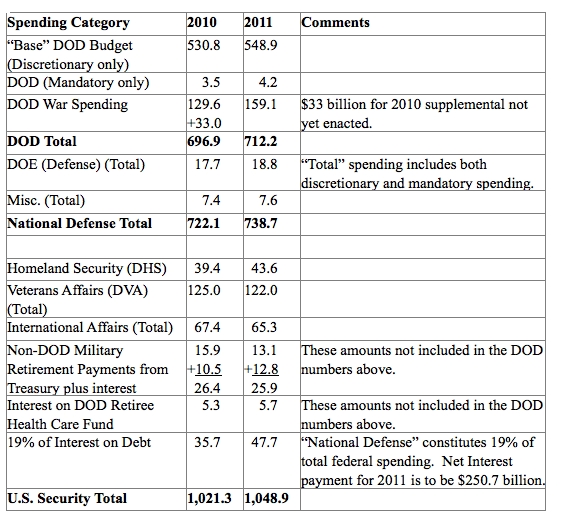
(1) I've seen some of the surveillance video on CNN; here is a link to more.
(2) Regardless of who ran the operation, sounds like the Hamas guy needed to go;
(3) in addition to surveillance and biometrics, proliferation of commercially-available databases such ChoicePoint creates additional operational challenges.)

How spy technologies foil old-school political killings
By R. Jeffrey Smith and Peter Finn
Saturday, February 20, 2010; A13
The practice of secretly assassinating purported enemies of the state — an age-old tool of foreign policy — has run up against steadily improving international police collaboration and the global proliferation of surveillance technologies that make it harder for anyone anywhere to surreptitiously conduct a high-profile killing on foreign soil.
In Doha, London and now Dubai, political killers have been caught on film and tracked, provoking unexpected attention and controversy for the organizers. Because of new biometric technologies, the proliferation of cheap video, and sophisticated monitoring of customs points and airports, the skills of those who specialize in the creation of fictional identities have been tested, and sometimes defeated.
The apparent political killing of Hamas operative Mahmoud al-Mabhouh has ricocheted around the world in recent days after his alleged attackers were spotted by a camera above an elevator at the Dubai Al-Bustan Rotana hotel, in the United Arab Emirates. Four suspects, all obvious weight-lifters, were filmed exiting in pairs and heading for Mabhouh's room.
Shortly after the killing, they were again filmed, this time more nervously boarding the same elevator, wearing the same baseball caps. Then they were filmed again, leaving the airport on flights to Europe, Africa and Asia. On Thursday, Interpol issued warrants for 11 suspects after the Dubai police conducted a careful study of their videotaped movements at nearly a dozen locales. Their mug shots had already been flashed on television screens around the world.ed to this report.









